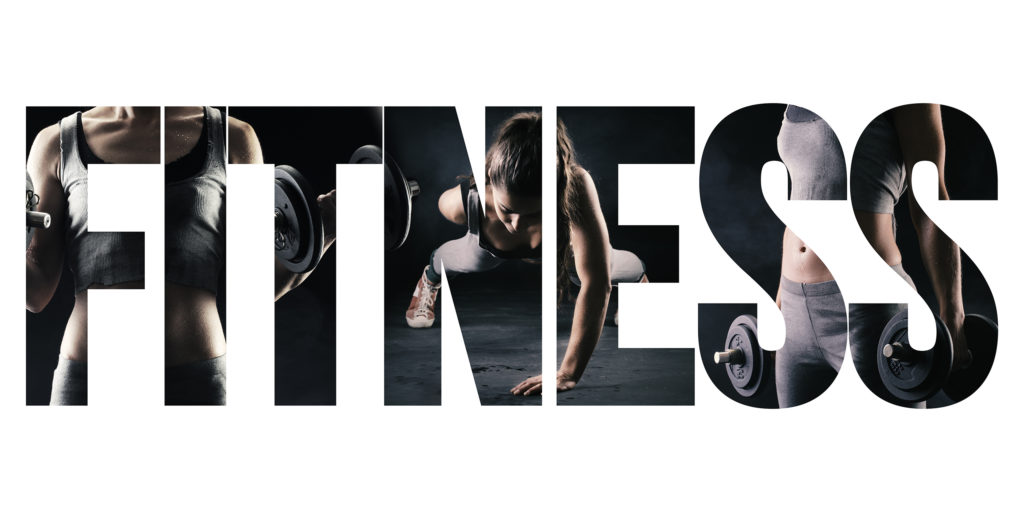Older Adult Alert: Health, Physical Ability & Injury Prevention
The US Department of Health and Human Services, within the NIH, has defined four types of exercise for general wellbeing and a string of physical and mental benefits, not least among them the prevention of physical injury.
Namely:
- Endurance
- Strength
- Balance
- Flexibility
These four facets of exercise must then be properly funneled to achieve targeted fitness excellence or, in the very least, a tiered achievement of fitness goals and balance. It is important to understand that some physical activities impinge upon or involve more than one kind of fitness.
Most commonly fitness is achieved via three complementary stages:
- Aerobic Fitness (Endurance). Aerobic means ‘with oxygen’ and therefore involves heart and lungs activity aimed to increase oxygen delivery to your muscles, which in turn enables them to function at capacity for longer periods. Fitness activities that increase heart rate (and circulation) and maintain it for some time improve aerobic conditioning and endurance, otherwise known as ‘staying power’. Examples of such activities are:
- Jogging or brisk walking
- Mowing, raking and other back yard work
- Swimming
- Biking
- Dancing
- Climbing: hills, stairs, etc.
- Tennis
- Basketball
- Muscle Strengthening. Stronger muscles = Powerful muscles = Bigger jobs = Work longer without tiring. Lilting or pushing something repetitively and regularly is the usual way to go as the muscle will gain strength over time. You can do any of these:
- Push ups
- Lifting light (then heavier) weights for muscle endurance training
- Carrying groceries
- Grip a tennis ball
- Overhead arm curl
- Wall push ups
- Resistance band
- Lift your body weight
- Flexibility. Flexibility is the range of movement across a specific joint. It depends on a number of variables, like the tightness of ligaments and tendons, and is the result of physical activity and stretching. When exercising —heck, just with everyday activity—muscles are repeatedly shortened with use. So, they need to be stretched regularly to counteract this effect. This is capital in preventing injuries. You can do this enacting three types of stretch-specific exercises:
- Dynamic stretching, which is typical of warming up activity, such as the back or the inner thigh stretch.
- Static stretching, which is holding a stretch position over time, such as splits or the back of the leg stretch.
- Ballistic stretching, which should only be used after the initial stretching phase and consists in stretching and bouncing on that position, such as some forms of ankle or squat stretches.
Coordination, agility, balance, and accuracy are normally achieved with practice. This is activity at low heart rates, performed with low loads, under 60%. The objective is improving your movements.
On the other hand, endurance, stamina, strength, flexibility, power, and speed are usually attained through training. This is done with weights or exercising high heart rates… The objective is improving your engine or your strength.
And then some exercises, like running, are a combination of both.
Fitness exercising must always take into account injury planning. Lungs and heart function react differently to exercising and fitness. While the heart improves, the respiratory system does not change much. It does a better job of distributing and using oxygen, both of which are great aids in preventing injuries for starters. However, heed these basic notions and write them down as safety tips, especially in the case of older adults.
- Warm up; it’s a must
- Start with light training always
- Listen to your body
- Drink liquids profusely, unless your doctor indicates to limit your fluid intake
- Be aware of your surroundings when exercising outdoors
- Dress in layers to put on or remove as needed
- Use safety equipment (helmet) when indicated
- Don’t hold your breath, especially during strengthening exercises, and breathe regularly
- Breathe out as you exert, breathe in as you relax
- Use props when doing flexibility exercises or balance activity
- Stretch after doing strength or endurance activity, and never so much that it hurts
- Always, always, always, talk to your doctor when starting a new exercising plan or regime or if something comes up during your activity
Sources:
https://www.healthlinkbc.ca/health-topics/ta3112
https://www.gf-fitness.co.uk/archives/1649/blog/1649/10-components-fitness/
https://www.medicalnewstoday.com/articles/7181#Cardiorespiratory-performance
https://www.nia.nih.gov/health/four-types-exercise-can-improve-your-health-and-physical-ability


